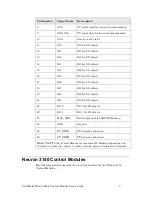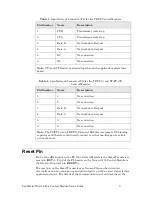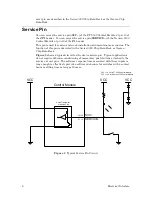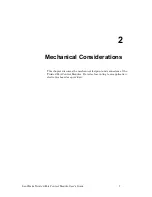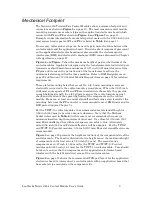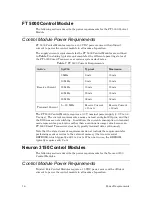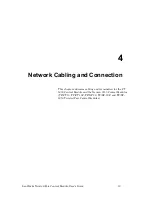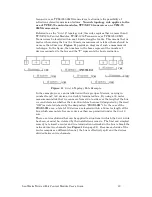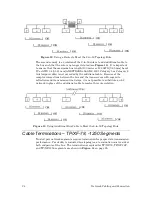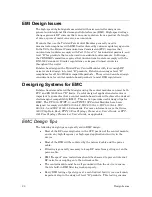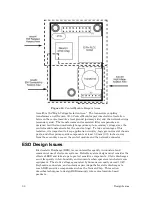
LonWorks Twisted Pair Control Module User's Guide
17
The supply current requirements for the control modules are outlined in
which includes peak requirements for the different operating states of the
Neuron Chip. The control modules require a 5 V ±5% power supply. The current
requirements are characterized for maximum number of devices on the channel
with I/O pins programmed as outputs at a logic low level with no load.
The values in
are subject to change. Please consult current data sheets
for the latest information.
Table 8
. Typical Control 5 Volt Current Requirements
Control Module
Typical DC Characteristics (+5.0 V)
Active, Receive (mA)
Active, Transmit (mA)
TP/FT-10 (5 MHz)
25
40
TP/FT-10F (10 MHz)
50
60
TP/XF-78 (5 MHz)
35
45
TP/XF-78F (10 MHz)
50
60
TP/XF-1250 (10 MHz)
55
80
Notes
:
1.
Assumes internal I/O pullups are disabled and I/O lines are not connected
to a load.
2.
Assumes SERVICE~ pullup is enabled.
3.
Includes CMOS EPROM or flash chip running typical application with
system code.
4.
These figures include typical PROM current consumption of 4 mA at 5
MHz or 5 mA at 10 MHz; the TP/FT-10F and TP/XF-78F figures include
flash memory reads, however,
flash memory writes require an
additional
50 mA
. These figures exclude current due to loading on the
I/O connector pins.
Summary of Contents for LONWORKS FT 5000
Page 1: ...LONWORKS Twisted Pair Control Module User s Guide 078 0015 01F...
Page 18: ...10 Mechanical Considerations Figure 5 Neuron 3150 Control Module Mechanical Footprint...
Page 20: ...12 Mechanical Considerations Figure 8 Vertical Component Profile for the Control Modules...
Page 22: ......
Page 26: ......
Page 34: ......
Page 55: ...www echelon com...

